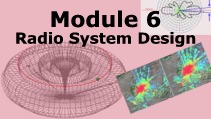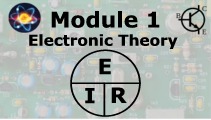| |
|
Module
1 - Electronic Theory
This
module is the first stop in our training. We will begin with where
Electricity comes from, and finish up with AC/DC Circuit Analysis. |
| |
|
|
|
|
Module
2 - Components
In
this second module, we examine 2-way radio components. Such as
schematic diagrams, Coax, Cable adaptors and battery type selection. |
| |
|
|
 |
|
Module
3 - Tools of the Trade
Technicians use a number of special tools
on the job. We use multiple HD camera views to highlight the most
commonly used tools. With hand held tool demonstrations and live
on screen software presentations. |
| |
|
|
 |
|
Module
4 - Systems Operation
This module covers RF system operations.
Establishing RF and IT system standards, examine common sources
of site interference and RF filtering used for interference mitigation. |
| |
|
|
 |
|
Module
5 - Antennas, Towers and Sites
In this module we study Antennas, Towers
and Sites.
We will learn what the different requirements are for high mountain,
low mountain and urban sites. We will also demo propagation prediction
and path studies using free software tools. |
| |
|
|
 |
|
Module
6 - Radio System Design
Here we look at Radio System Design. What,
where, when and why? These are questions we need to ask when designing
a 2-way radio system. Learn how to estimate your systems coverage,
cost and maintenance requirements. |
| |
|
|
 |
|
Module
7 - RF Safety
In this module, we talk safety. Work space
and site cleanliness, hazards at a remote sites and maximum permissible
RF exposure levels. |
| |
|
|
 |
|
Module
8 - R56 Site Guidlines
The "R56 Standards and Guidlines for
Communication Sites" was created by Motorola to provide an
indepth look at the best practices for designing, installing and
maintain a radio communications site. In this module we will look
at some of the highlights that we can use all the time. |
| |








